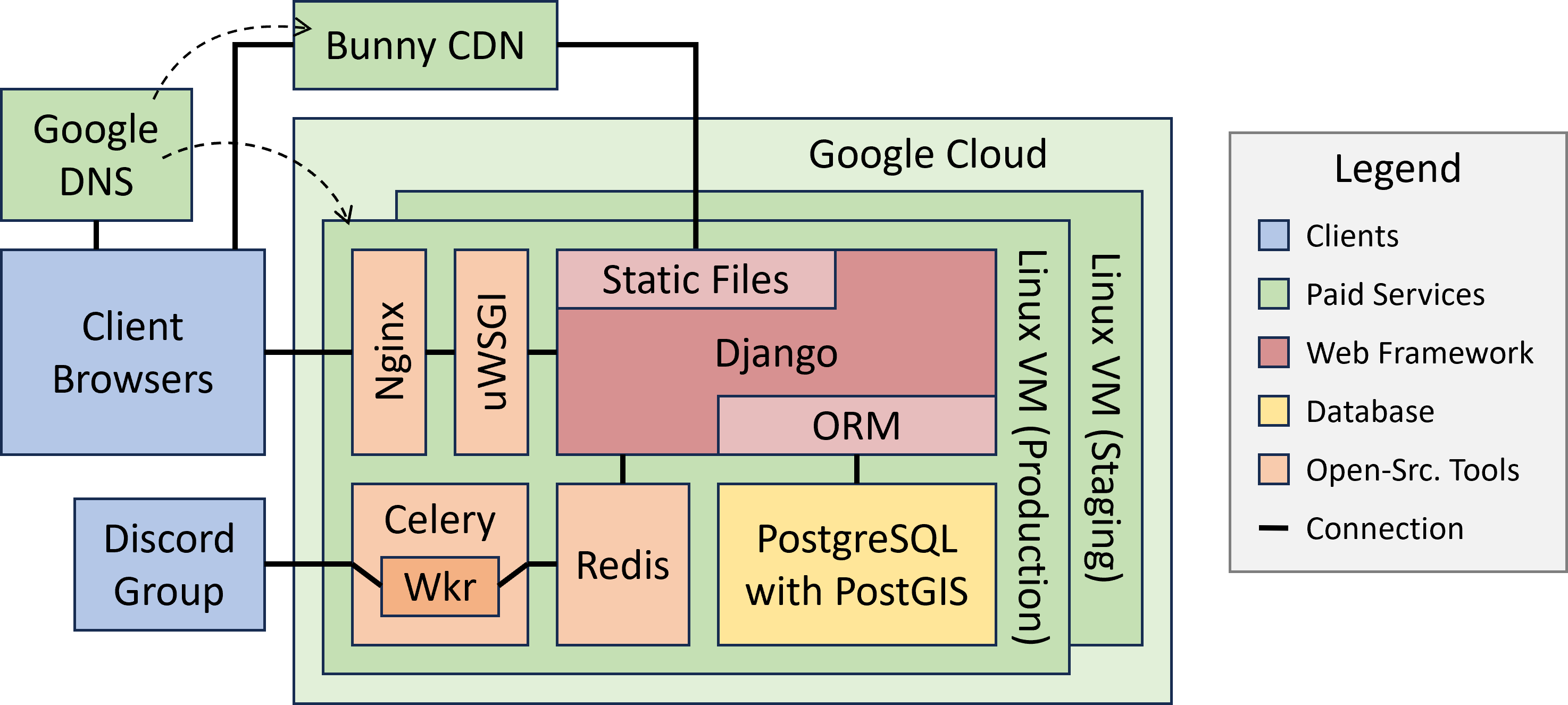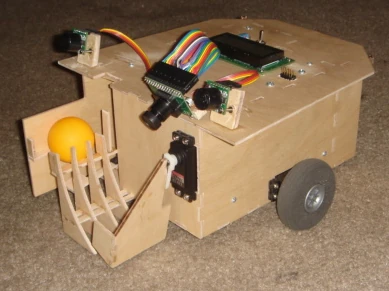Demos
This area covers a non-exhaustive list of projects that I've worked on over the last 15 years using a wide range of programming languages.
This Website
This website is a fully-custom design both on the backend and frontend. This page describes how the website is structured on the backend and demonstrates some of the interesting features developed for the frontend.
Lead Tracker Demo
The best way to to increase sales is to get more leads and turn them into customers, and the best way to get leads is to get out there and talk to people. Lots of people. So many people that you'll probably have trouble keeping track of them all. Sounds like you need the Lead Tracker!
If you're already sold and want to dive in, just click here to start using the tool. This version is free to use, and it's easy to sign up and get started. But if you still need more convincing, or just want to see all the cool features without creating an account, you can explore the demo page here.
Python Game
In 2014, I was feeling creative and wanted to create a game. At the time, I especially liked the gameplay mechanic of exponential expansion, where every bit of progress helps you become more effective at achieving even more progress even more rapidly. Inspired by some other similar strategy games at the time, I created the game you see here called Swarm, which is about swarming your enemies, taking over other planets, and expanding your empire.
Since I had been working with Python for several years, and saw that it was increasing in popularity beyond just simple scripting, I decided that building the game in Python, backed by Pygame, would be a great way to make rapid progress and improve an important skill.
JavaScript Particle Sim
In 2016, I got excited about a chemistry-like game where players would be encouraged to create systems to produce different molecules in increasingly efficient and creative ways. I didn't want the game to force certain physical/chemical effects, but rather for the natural evolution of the simple physics to produce interesting emergent behaviors. Unfortunately, real life is a 3-dimensional quantum computer, so I wasn't certain that a 2D Newtonian approximation could produce similar results. Thus, in order to experiment with the basic idea and see what interesting effects I could create (or, more realistically, reveal), I created the particle simulator shown here.
C++
During my undergraduate years, my core programming classes focused mainly on C++. One class in particular focused on how to work with 2D and 3D modeling, transformations, and display in C++, with focus on OpenGL. Combined with the fact that designing video-games has always been my passion, this class resulted in some fun projects that are also interesting enough to show here.
And since I was gaining formal a formal education in C++, it also became my language of choice for investigating interesting algorithms and experimenting, a subset of which are included here.
Embedded Design
In 2008, I took EEL 5666: Intelligent Machines Design Lab, which was the most difficult and rewarding class I have taken. The class centered around a single final project: build a robot that could perform basic object detection and integrated a special sensor for performing its unique task.
This was not a group project. Every student needed to learn how to source their own parts, build their own circuit boards, create their own custom wiring, design their robot's body, calibrate sensors, control various servos and other actuators, and program their microcontroller to handle interrupts and perform basic object detection/avoidance. For a couple months I was putting in 40-60 hours a week on this class alone. But it all came together nicely in the end, and I was able to enjoy my new robot after successfully demonstrating it capabilities.


